Jersey is a small island which is part of the British Isles, but is actually closer to France. There are direct flights from Heathrow in the UK, and Paris in France. I wasn’t expecting too much from my visit, but I was absolutely blown away by its beauty and history (the island was occupied by the Nazis in WW2).
Jersey weather is pretty changeable (like the rest of Britain), and can be sunny, rainy and cloudy all in quick succession. We were lucky and had mainly sunshine for our visit! I do recommend visiting in the summer months as most things to do in Jersey are outside and, as it’s never too crowded, it’s absolutely fine to visit in ‘peak’ months.
Ideally you need at least 2 full days to explore the main sights of Jersey, and 3 days enables you to do it at a leisurely pace. Jersey has a fantastic bus system, and it’s a very small island so you really don’t need to hire a car unless you really feel the urge to. Buses serve pretty much everywhere on the island, and are used by the majority of locals. The main bus station is in St Helier which is where we stayed and the timetables are well published online and at the station. You can also pay for tickets on the bus, so no pre-planning or worrying needed!
So, what is there to do in Jersey?
1. La Corbiere Lighthouse
Wow. One of the most beautiful views we’ve seen. We arrived at the Lighthouse by those trusty buses from St Helier. It’s then a short 5 minute walk down the road to the edge of the shore. You can walk over to the lighthouse at low tide, but obviously when the tide is up, you can’t reach it (so be careful not to walk out as water is coming up as otherwise you will get stuck at the lighthouse for hours!) We sat on a bench and watched the tide come in – there was barely anyone there, and it was our favourite experience in Jersey.
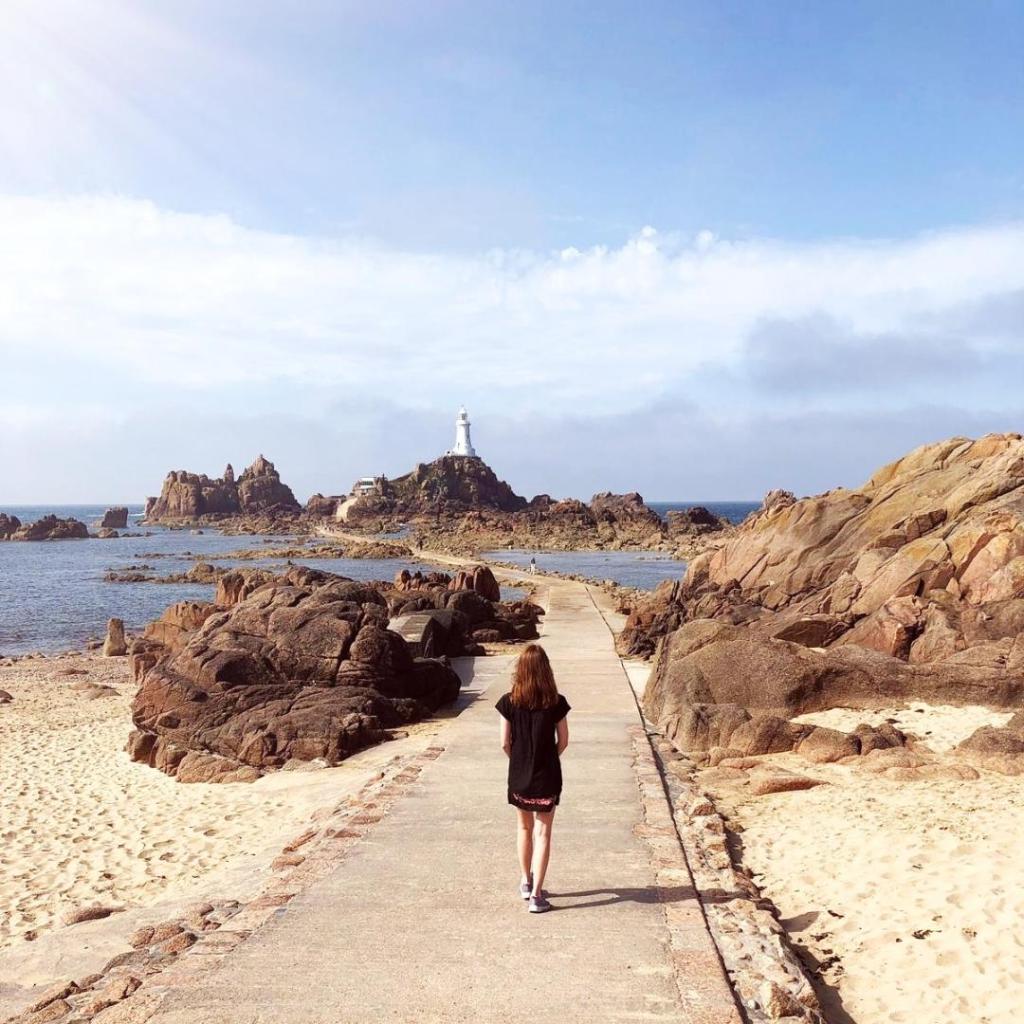
2. Elizabeth Castle
This is the most famous castle in Jersey, and is on the outskirts of St Helier (easily walkable if you’re staying in St Helier – no bus needed). It was built in the 1500s and 1600s , and was named after Elizabeth I of England. It has been everything from the official residence of the Governors of Jersey, to a prison, to occupied by the Nazis. Again the views are spectacular, and a trip to the onsite museum is definitely worth it.
The Castle sits out from St Aubin’s Bay. You can walk there, but only at low tide. We wanted to walk to the Castle, but as the tide was up, had to get the Duck Boat across the water. This was a little on the expensive side, but a fun experience! There is also a nice cafe called La Fregate just by the duck boat stop which did great jacket potatoes for lunch after a morning at the Castle.
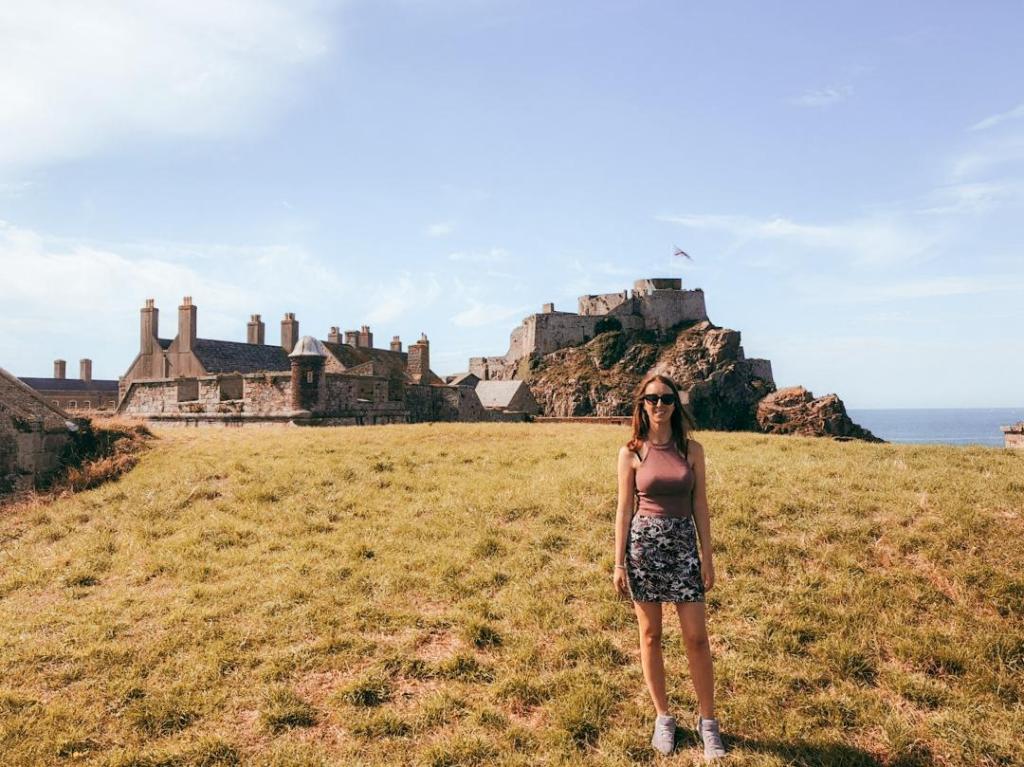

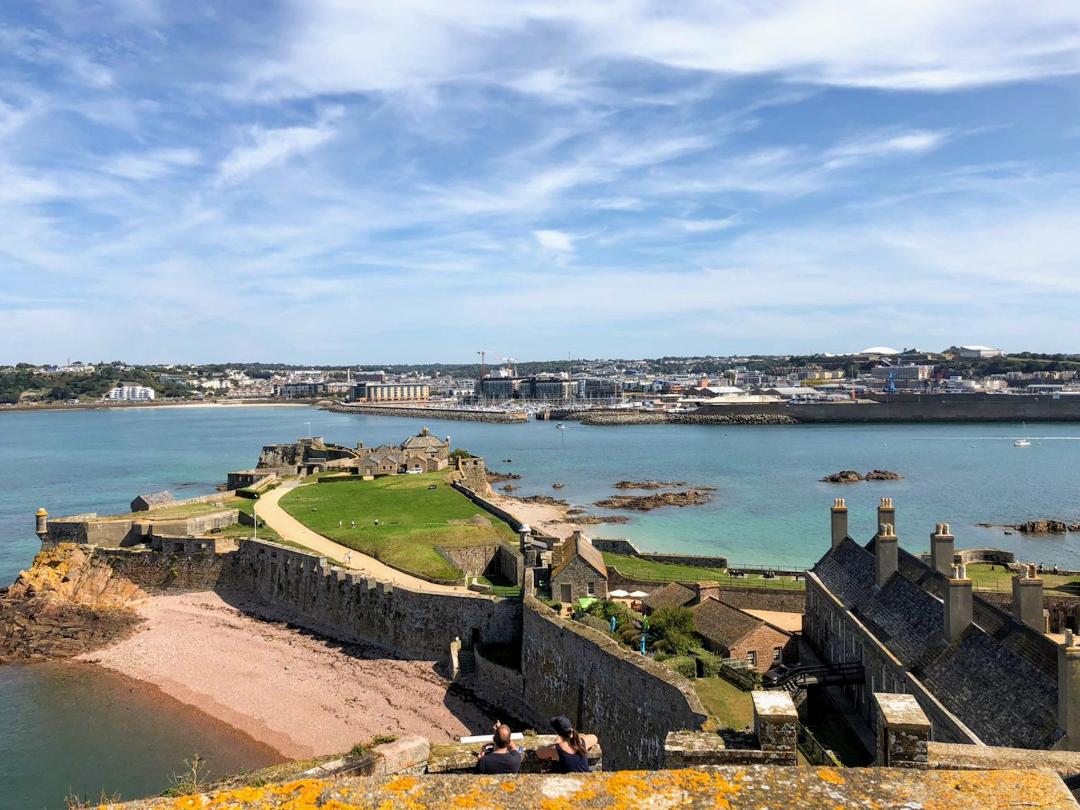
View from St Aubin’s Bay (L) and view back to the bay from the castle (R)
3. Exploring the rugged east coast
The east coast beaches took my breath away; they look like they could be straight out of a Caribbean Island brochure! We walked from St Catherine’s breakwater (which we reached by the amazing bus service again) to Gorey Castle, and were astounded at the views – especially around the Archirondel area. It took us a good 3 hours to do this walk, including a couple of stops to cool down in the boiling heat.
If you’d like to read more about these beaches, check out my separate blog on Jersey beaches here!
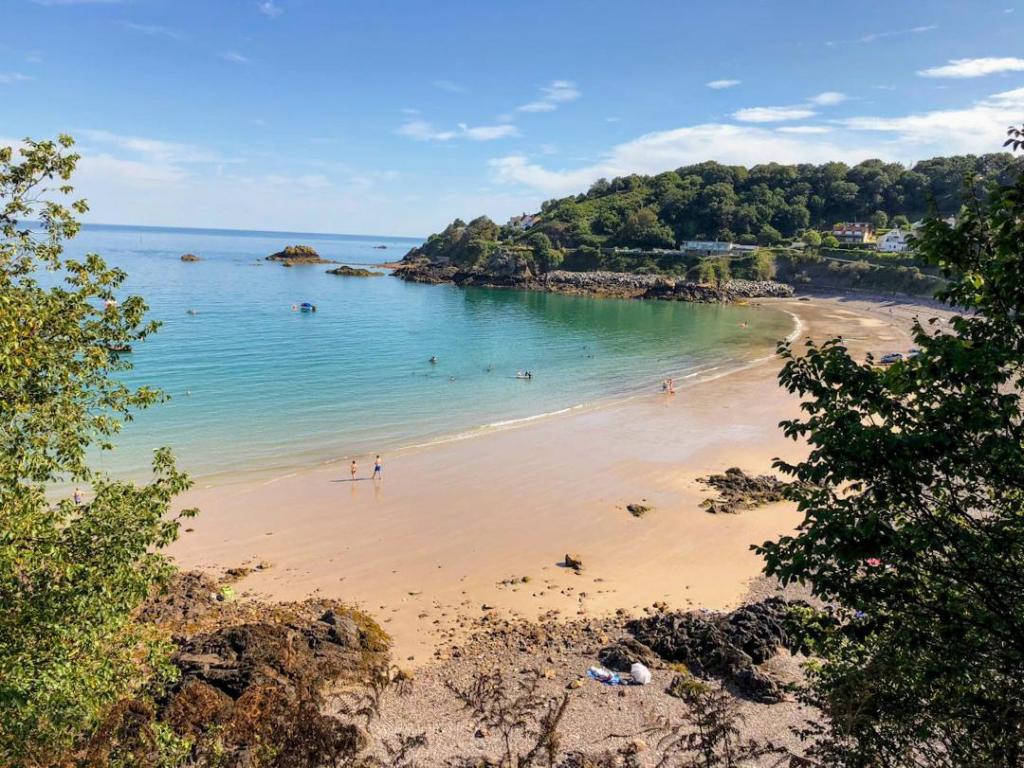

4. Gorey Castle
Gorey Castle is on the east coast of the Island and you can combine this with the east coast beaches above. The Castle was built in the 1200s, and was even visited by Queen Victoria in 1846. The Castle currently has beautiful grounds to explore, and I recommend climbing right up to the top to see the amazing views of the bays all around. There are also a lot of very odd sculptures and pictures of the Queen all around the Castle – see how many you can find!
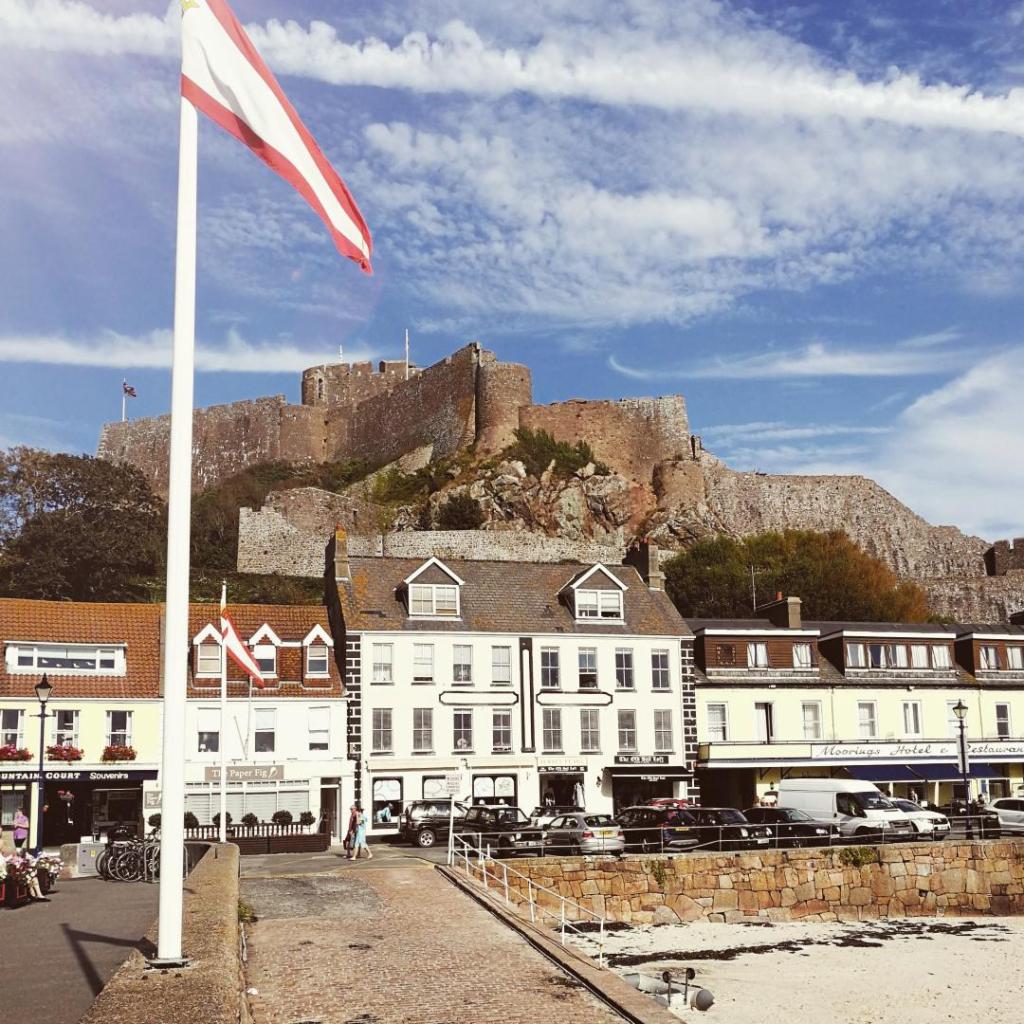
5. Jersey War Tunnels
During WW2 Jersey was occupied by the Nazis. The war tunnels are a great way of learning about this period in the Island’s history. I also visited the Channel Islands Military Museum, but would recommend the war tunnels in preference. You can get to the war tunnels by public bus from all over the island (we went from St Helier main bus station), or on a double decker red bus with audio commentary. We took the first option as it was cheaper and quicker.
6. Channel Islands Military Museum & St Ouen’s beach
St Ouen’ beach stretches the majority of the west coast of Jersey. On it sits the Channel Islands Military Museum which tells more of the story of Jersey’s military history with a focus on the Nazi occupation. It’s actually in an old bunker so is interesting in itself.

7. St Helier
St Helier is the capital of Jersey and where most people choose to stay on a visit to the island. We were no different and chose it to ensure we were close to a lot of restaurants and choice of food in the evening and it worked well for us. It also meant we were close to the main bus station, making transport really easy.
Within St Helier is a lovely harbour front, a nice central square and also Liberation Square (the fish and chip shop there is delicious!). The statue in Liberation Square represents the day that Jersey was freed from Nazi occupation and it makes for a nice spot to sit and watch the world go by.
8. Archirondel Tower
Close to the beaches, this tower sits on a rocky outcrop and is an ex soldier’s garrison. Combine it with a trip to Anne Port beach and Geoffrey’s Leap and you have a nice day out. It’s also a great spot for lunch as there’s a lovely beach front cafe by the Tower as well.
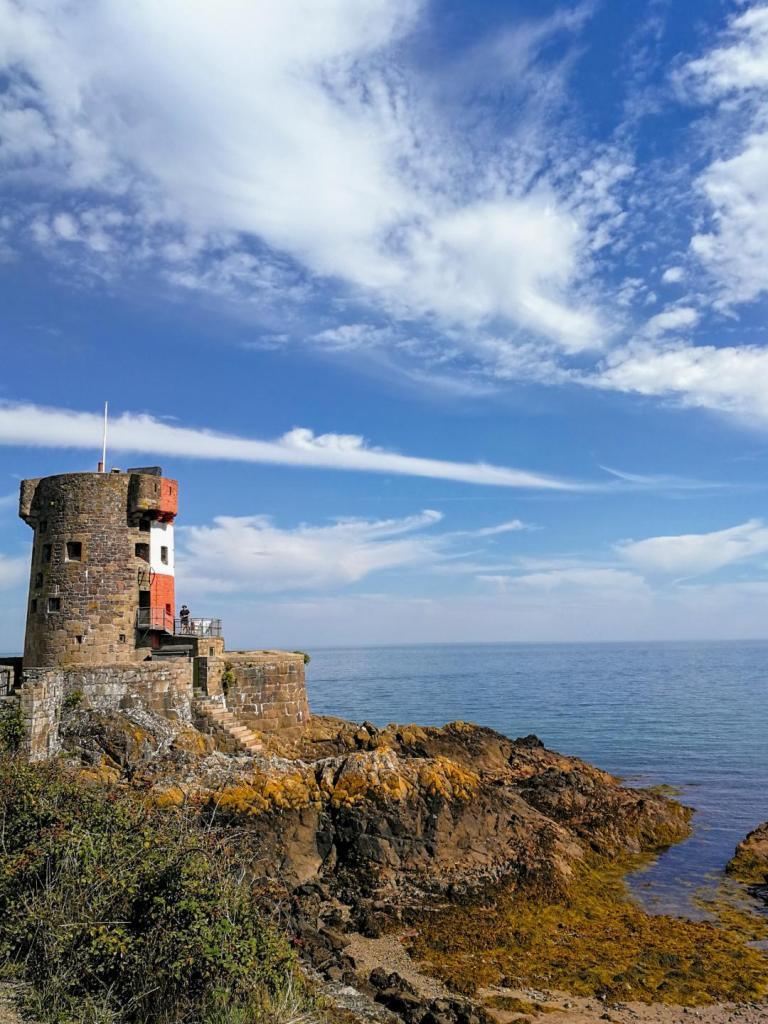
Thanks for reading! Jersey really is beautiful and totally underrated destination, so if you ever have the chance to visit, I really recommend it. Stay safe and happy travelling everyone!
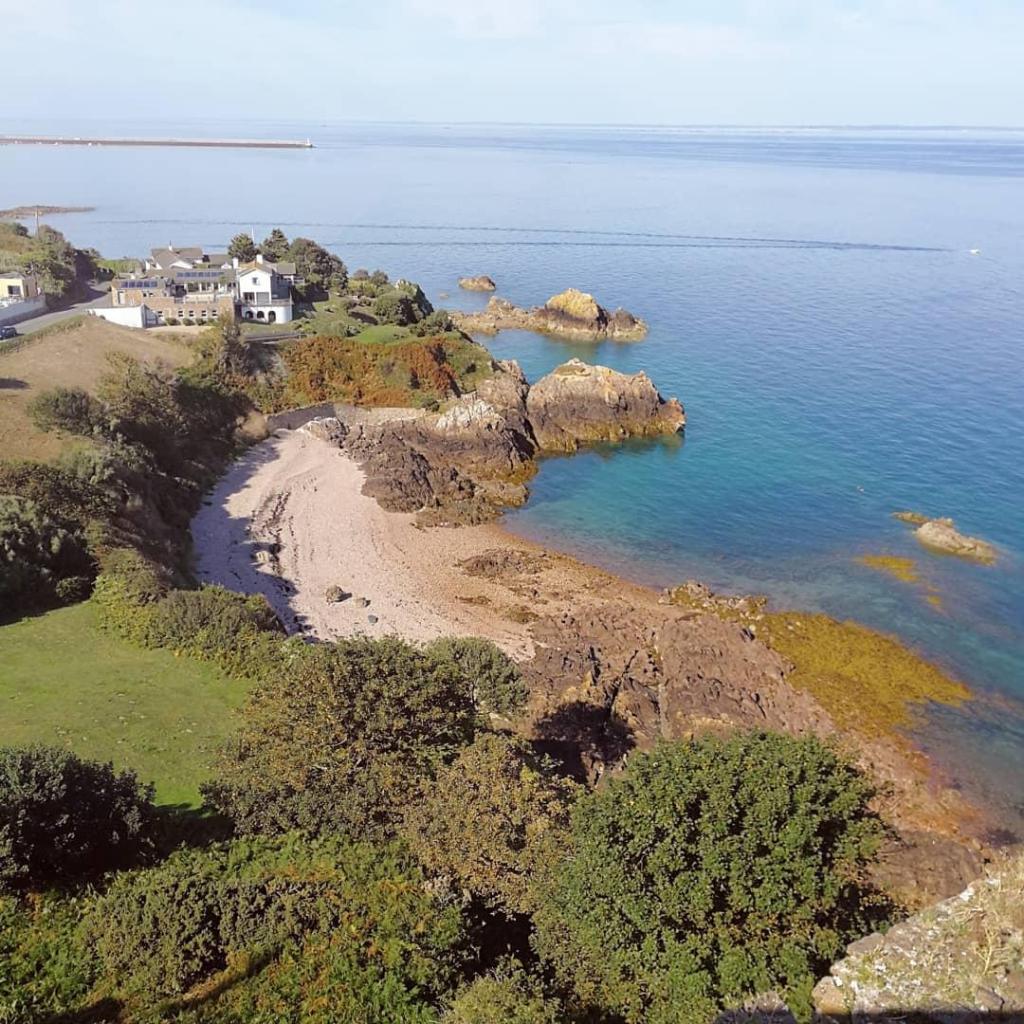
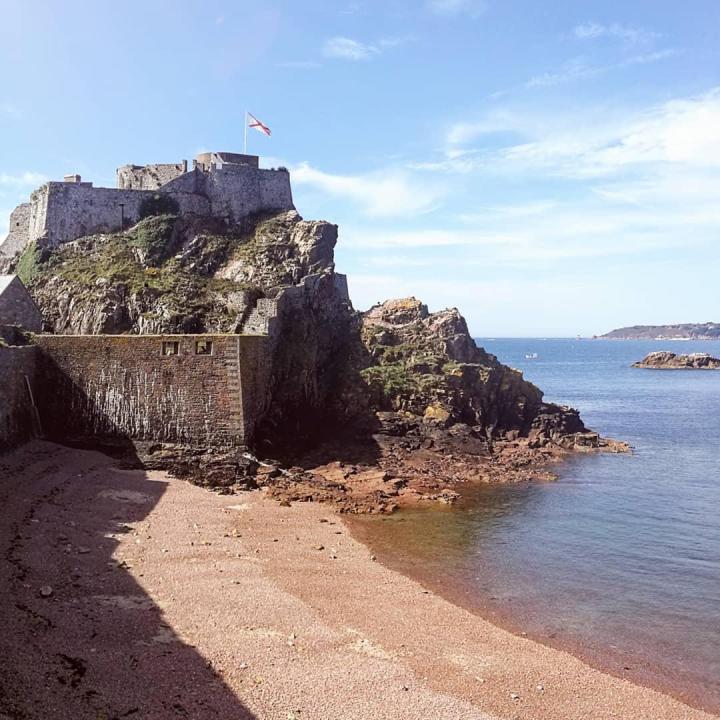


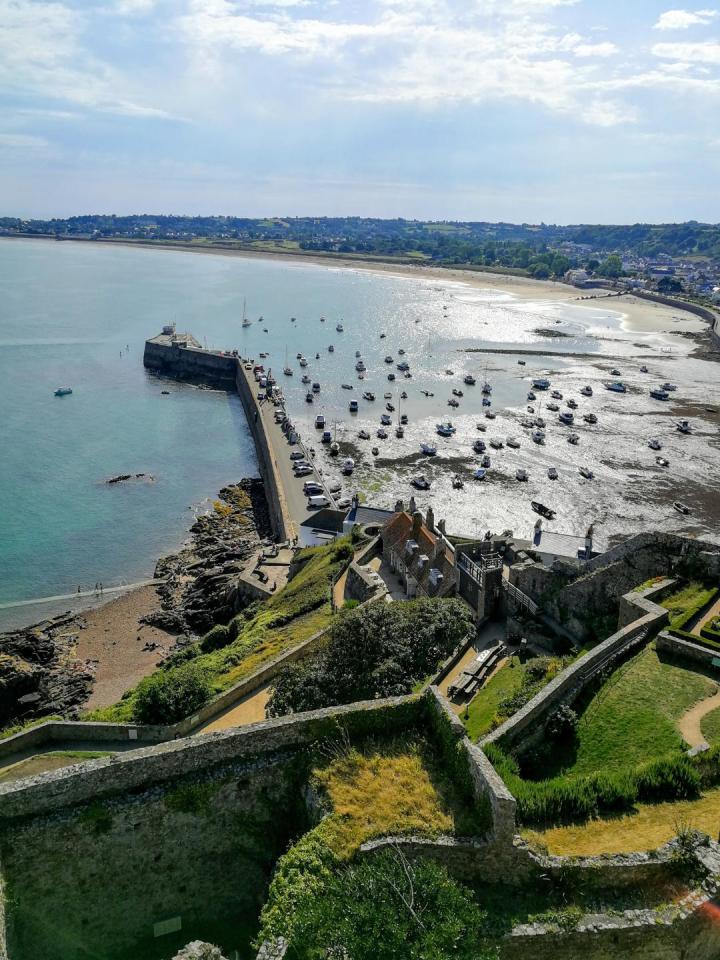


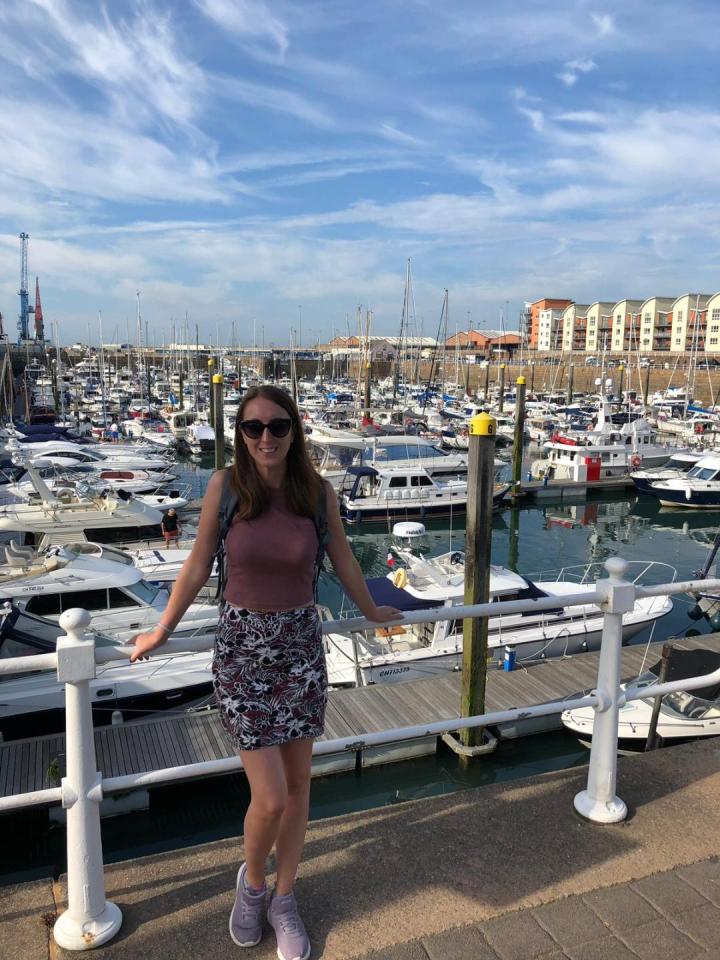

Leave a comment